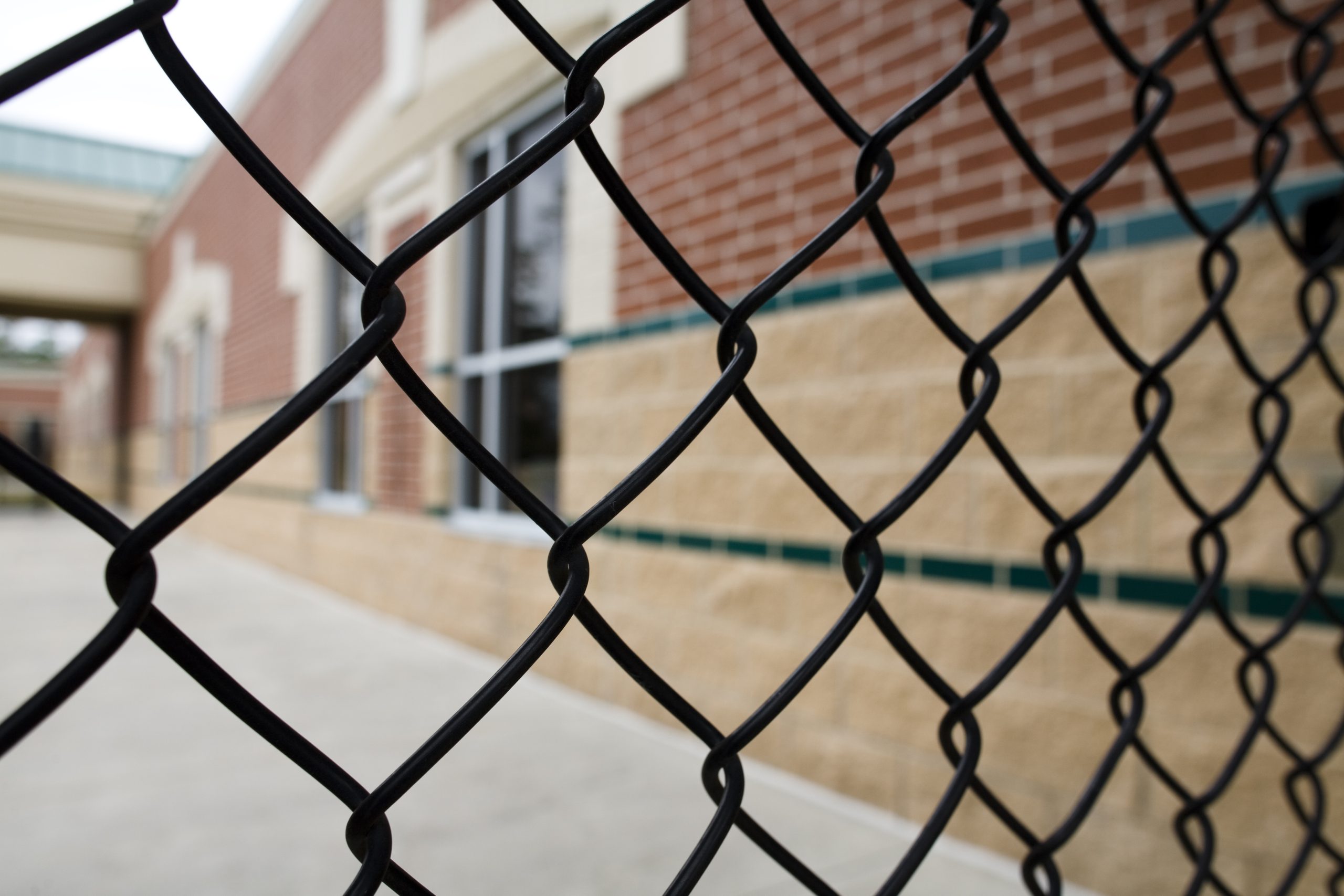Safety measures including school victimization, weapon involvement and school climate were tracked for nearly two decades for a recently released UCLA study.
Published in the World Journal of Pediatrics in March, “An eighteen-year longitudinal examination of school victimization and weapon use in California secondary schools,” considered data from the biennial California Healthy Kids Survey between 2001 and 2019. The representative sample included more than 6.2 million seventh, ninth and 11th grade students from over 3,200 schools.
“Victimization at school affects students’ school connectedness, nonattendance, and dropout,” according to the report. “Victimization contributes negatively to overall mental health, depression, suicidal behaviors, and subsequent involvement in risky behaviors, such as substance use.”
In the 18-year period, “all victimization and weapon involvement items had significant and substantial linear reductions,” the report states. Both in-person and electronic media-related victimization were considered.
The largest reductions were related to a decline in physical fights (56 percent), a drop in reports of carrying a gun on school grounds (70 percent) and a decrease in bringing other weapons like knives to school (68 percent). There was also a 59 percent reduction in reported instances of being threatened by a weapon on a school site. Other occurrences, such as the spreading of mean rumors; being the subject of sexual jokes, comments or gestures; being made fun of because of one’s looks or speech; and having property damaged or stolen also saw reductions.
Concurrently, feelings of belongingness (27 percent), safety at school (27 percent) and support by adults (5 percent) increased. Student participation in school — like involvement in decision-making or acts to make a difference on campus — saw a 10 percent decrease.
Sizeable investments in resources, policies, programs and community efforts to reduce victimization and promote safe school climates have been seen worldwide in recent years — including initiatives and approaches around zero tolerance, restorative justice, and use of trauma-informed and preventive social-emotional strategies.
“The consistent reductions were evident in more than 95 percent of California schools, affecting almost all schools and regions in California, and not in wealthy suburban schools only,” the report states. “Both boys and girls showed strong reductions, with boys showing stronger decreases. Extensive reductions were evident in all cultural, racial, and ethnic groups. In fact, the reductions in victimization among all other ethnic groups were greater than those among white students (except for those indicating ‘other’ ethnicity), especially regarding reduced involvement with weapons.”
The study’s findings, based on a large and representative sample over a significant period, are in contrast with public perception that school violence was an increasing issue at the time.
“Given the massive reductions in victimization overall, it is quite likely that the impressions of the public and policymakers regarding school safety and the effectiveness of state and national investments are associated with the escalation of school shootings and sustained and intense media coverage of mass shootings, rather than other forms of school victimization,” the report notes.
While things appeared promising pre-pandemic, “there are several indications that the pandemic led to multiple negative mental health outcomes for children and adolescents and that returning to school may be associated with higher levels of school violence,” according to the report.
For that reason, potential increases in school violence need to be closely monitored, the report cautions.
“Schools may continue to need more resources to address the increasing burden of COVID-19 mental health issues. It is important to learn from the policies and interventions that have helped reduce school violence in the last two decades to face these new challenges,” it concludes.





